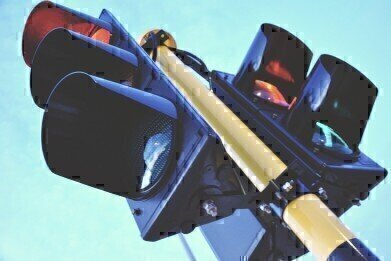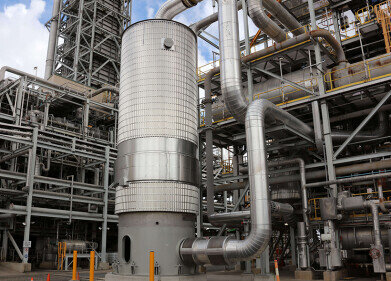Air Clean Up
How Can Traffic Lights Reduce Pollution?
Sep 07 2020
The city of Manchester is to trial traffic lights powered by artificial intelligence (AI) to determine whether they are effective in reducing congestion and curbing pollution levels. The lights will contain special sensors capable of detecting various metrics associated with vehicular travel, then relaying that data to the cloud where it can be analysed to gain actionable insights on how long and how frequently to change the signals.
The project is just one part of a £30 million initiative aimed at using 5G technology to save resources and increase efficiency across Britain. With such an emphasis on environmental issues in the mainstream media and the public consciousness right now, the government are keen to introduce measures aimed at improving air quality and reducing transport-related pollution.
Smart traffic intersections
Each traffic light will be equipped with a sophisticated sensor that continuously collects data in real-time and uses AI to analyse it. Among other metrics, the traffic lights will measure the speed, direction and journey time for Manchester’s thousands of road users, allowing the authorities to gain a deeper understanding of waiting times for drivers, cyclists and pedestrians across the city.
It’s not the first that Manchester has trialled such technology. In 2017, the government awarded a grant of £850,000 to the University of Huddersfield to roll out smart traffic lights across Greater Manchester, collecting data and gifting greater insights into the habits and patterns of transport across the city. The difference this time, however, is the inclusion of 5G into the mix.
5G bringing down costs and improving efficiency
The previous trials were undertaken by AI transport firm Vivacity Labs, who installed wired sensors into each traffic light to allow for fast and reliable transfer of data. Although the trial was a success, the costs of manually wiring the sensors up was prohibitively expensive. The latest venture dispenses with the need for wiring altogether by adopting 5G instead.
In much the same way that urban air quality monitoring has been made more affordable by 5G, Vivacity Labs are hoping that the use of 5G will eliminate many of those associated costs. Vivacity has experience in using AI to relieve traffic congestion in other areas, too. In Milton Keynes, the company partnered with car park owners to alert drivers of vacant spots and reduce the time spent looking for a place to leave their vehicle.
Safeguarding cyclists and pedestrians
Encouraging the use of bikes has been a big part of the government’s post-COVID strategy, as it seeks to emerge from the pandemic with more sustainable infrastructure in place. While the Cycle to Work incentive has been helping employers equip their staff with bikes for many years now, a new £2 billion package to aid and safeguard walkers and cyclists was recently unveiled.
As well as creating thousands of miles of new bike lanes up and down the country, the government has also offered to subsidise the purchase of a new bike or repair of an old one. Meanwhile, they are also investigating ways to improve the protective legislation aimed at the country’s most vulnerable road users, too.
Events
May 13 2024 Munich, Germany
May 23 2024 Beijing, China
May 23 2024 Beijing, China
Jun 10 2024 Algiers, Algeria
Jun 10 2024 Frankfurt, Germany














